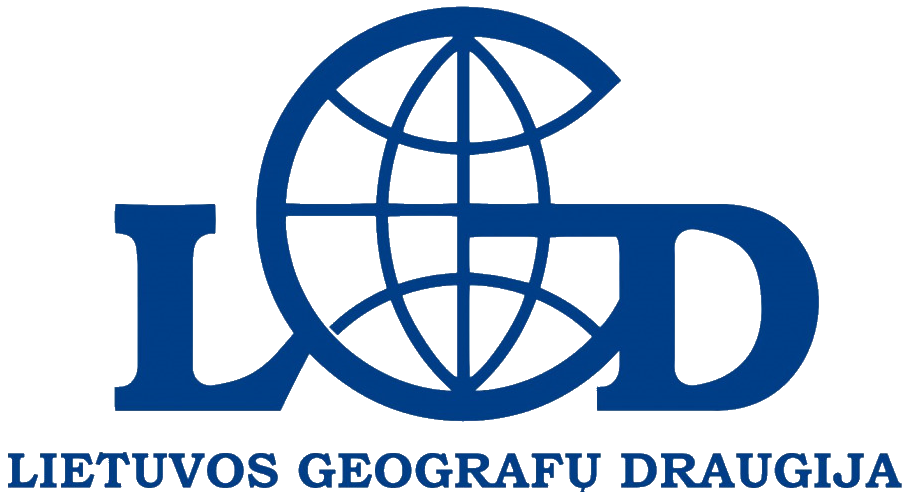Geografija ir edukacija, Nr. 1, 2013, p. 121 – 129.
Izolda Ona Bražukienė
Vilniaus universitetas
Vilnius University
Straipsnį sudaro dvi dalys, kuriose nagrinėjami Lietuvos apdirbamosios gamybos ypatumai ir juos lemiantys veiksniai atkūrus nepriklausomybę. Pirmoje dalyje „Apdirbamosios gamybos ypatumai“ trumpai nurodomos svarbiausios ekonominės ir socialinės priežastys, nulėmusios apdirbamosios gamybos pokyčius per visą atkurtos nepriklausomybės laikotarpį. Antroje dalyje „Svarbiausi veiksniai, lemiantys apdirbamosios gamybos pokyčius“ trumpai apžvelgiami trys ekonominės veiklos sektoriai. Iš 24 apdirbamosios gamybos rūšių pasirinktos trys: maisto produktų, rafinuotų naftos produktų, chemikalų ir chemijos produktų, turėjusių svarbiausią įtaką apdirbamosios gamybos rūšių šakiniams pokyčiams. Trumpai pristatomi apdirbamojoje gamyboje veikiantys teritoriniai ūkio subjektai.
Reikšminiai žodžiai: apdirbamoji gamyba, ekonominės veiklos rūšys, produkcija, vidaus ir užsienio rinka.
Summary
Manufacturing in Lithuania is one of most important sectors of economy creating gross value added, working places and supplying local and foreign markets with produced goods. After the re-establishment of independence manufacturing underwent some political social and economic changes. Manufacturing production volume during 1990–1994 period decreased by 40 % the member of employers went down by 18 %.
The biggest impact of changes was made by: 1) the increase of prices on imported raw materials and energy sources; 2) the loss of big market share in the East; 3) long- lasting process of privatization when was not often successful; 4) passivity of inhabitants, imperfect issue of laws, not satisfying control of their performance, which provided favourable conditions for fraud and improper accumulation of wealth.
Since 1995 the manufacturing started to develop more intensively. It was influenced by: 1) free trade agreement of 1995 in EU; 2) direct foreign investments into manufacturing, 3) expanding market of ICS, especially Russia; 4) increasing demand for production in domestic market.
uring 1998–1999 period ICS economic crisis decreased the volume of exports from 35,7 % to 18,2 %. Therefore, it was one of the main reasons to export production to the western market.
During 2000–2011 period, manufacturing part in the gross value added structure was 19,2 % and during the period of independence it has been the leader in the economic sector.
Food production, refined oil products, chemicals and products of chemical industry, economic activity types during 1995–2011 period made the biggest part in the gross manufacturing structure of sold products.
The biggest part in manufacturing is taken by the operating physical entities, functioning in big cities of Lithuania i.e Vilnius, Kaunas and in some regional municipalities close to big cities, and in some regional centres like Utena, Ukmerge, where the manufacturing started in the years when Lithuania was under the SU.
Further development of the manufacturing will be increased by the prices of raw materials in local and foreign markets, governmental economic and social policy, the efficiency of usage of the EU Structural Funds and other factors.
Keywords: manufacturing, economic activities, local and foreign markets.
Straipsnis .PDF formatu / Article in .PDF
